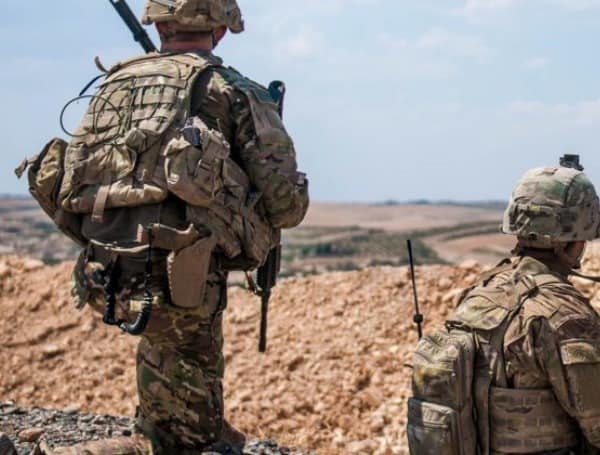In today’s modern society, military forces across the world are constantly under pressure to adapt and evolve with changing environments. One of the most important aspects of force functionality is maintaining situational awareness at all times. This applies equally to physical space as it does the virtual space in which our military operates. Keeping current and relevant information on all potential threats is essential for operating at peak efficiency and ensuring success in any operation.
Having the most current and reliable source of information is key to military operations. Command Centers, which are often referred to as COCOMS (Command And Control Centers) or Combat Operations Center (COC), serve as a platform for collecting, analyzing and evaluating intelligence data in order to create a comprehensive picture of any situation. A command center is often the hub for all communications with multiple branches and affected areas.
Military command centers also provide vital information that can be relayed to commanders on the ground level providing them with the necessary support and feedback necessary for successful missions.
Because many of the command centers play such a vital role in military operations and intelligence gathering, it is important that they be well-staffed and equipped with the latest technologies to ensure efficiency. There are several different types of command center, each with their own specific function depending on what branch or division they serve.
Command Center Duties
Combat Operations Center (COC)
A Combat Operations Center or COC is a command center associated with specific areas of operation. In the military, the acronym COC also stands for ‘Combat Operations Center’, which is usually set up to support ground forces in any given area. This type of centre will usually be staffed by members from all branches and should always maintain a general Operational Status, as well as details of any specific drills or operations.
An example of a combat operations center would be the one used by armed forces in Afghanistan and, more recently, Iraq. These centres also provide complete command and control support for all ground operations including transport and logistics. The COC is responsible for both short and long-term planning and division of work.
The COC is responsible for keeping the division commander up to date on the current situation and overall status of any mission or operation. It is also responsible for collecting and uploading any new intelligence data associated with any given area.
Mission Command Center (MCC)
A Mission Command Center, otherwise known as a MCC, is a smaller unit used to support joint missions involving multiple branches of the military. The MCC can also be known as a Tactical Operations Center (TOC) which forms part of the Operation’s Coordination Center (OCC). This type of command center typically specializes in planning operations that are carried out by an infantry battalion or squadron. It is not as large or busy as a COC, but can grow to accommodate more units depending on the operation.
Joint Task Force Headquarters (JTFHQ)
A Joint Task Force Headquarters is usually set up during major operations involving multiple branches of the military, most notably for international missions such as peacekeeping. This type of command center is designed to centralize and support joint military operations for a given area of responsibility or country. It is usually set up as part of the Joint Task Force (JTF) and is responsible for obtaining, recording and analyzing intelligence data before relaying it to the commander on the ground. This command center also manages air space over several countries as well as any civilian and military traffic in the region.
The JTFHQ Command Center is typically manned by members from different branches of the military as well as intelligence officers and communication technicians.
In Conclusion
Command Centers are essential to ensuring an efficient and successful operation. They provide up-to-date reports and intelligence data to commanders on the ground, as well as maintaining the coordination between branches of the military.

